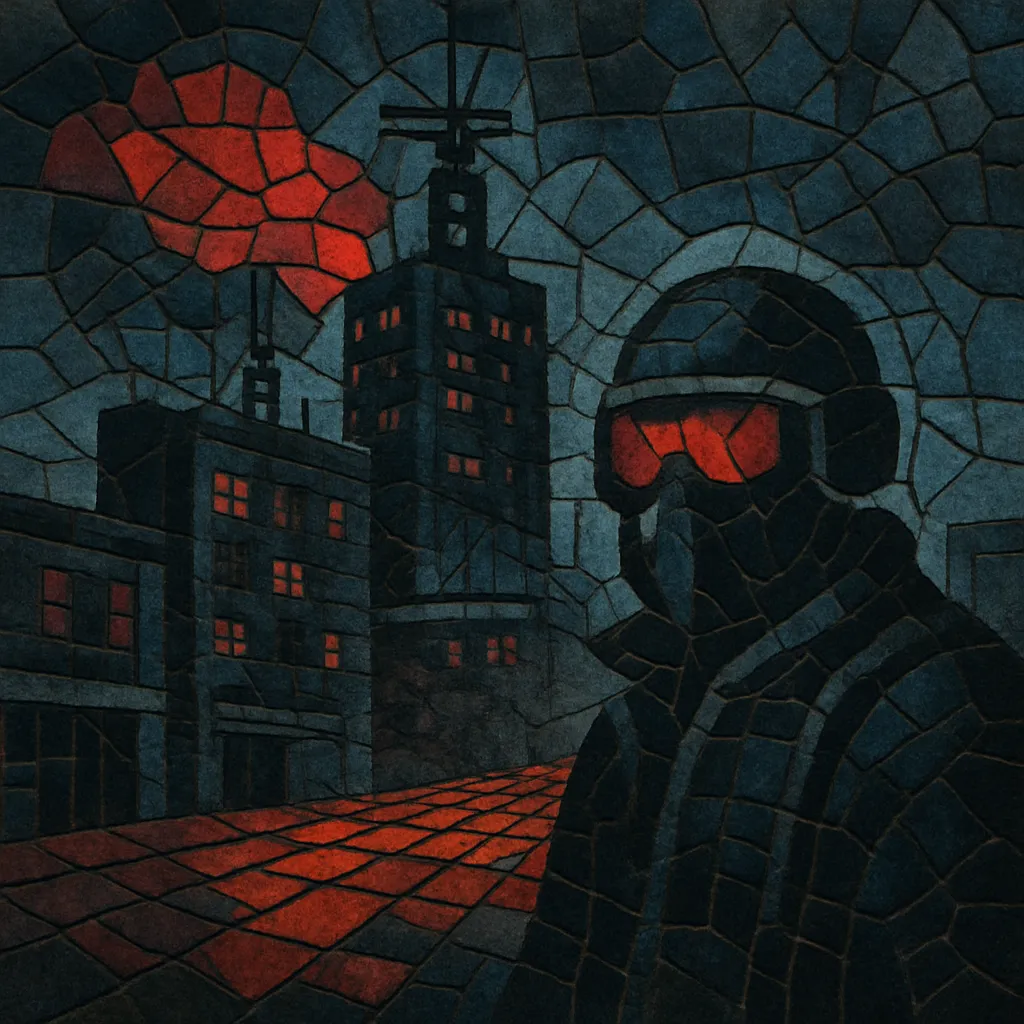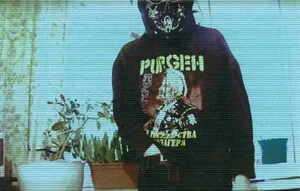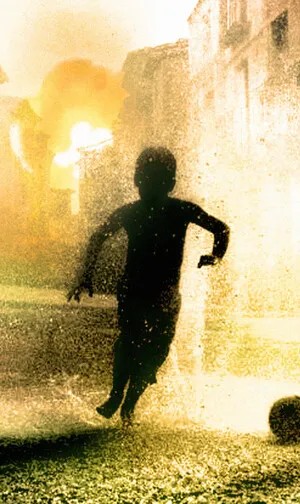
Hardvapour is a post‑vaporwave microgenre that turns the dreamy nostalgia of vaporwave into something dark, industrial, and club‑ready. It typically features distorted, overdriven kicks, EBM‑style basslines, breakbeat or hardcore‑techno rhythms, and a cold, dystopian atmosphere.
Aesthetically, hardvapour borrows imagery from post‑Soviet and Eastern European urbanism, mixing cyberpunk paranoia with internet‑era satire. Tempos are usually fast (often 140–180 BPM), sound design is abrasive, and tracks often include radio chatter, propaganda snippets, or surveillance‑state samples to heighten the mood.
Hardvapour emerged around 2015 as a reaction to, and mutation of, vaporwave. Where vaporwave prized slow, hazy nostalgia, hardvapour embraced speed, aggression, and club‑leaning structures. Early releases circulated on Bandcamp and SoundCloud, with artists framing the sound in fictionalized Eastern European/cyberpunk lore.
Community hubs like Dream Catalogue (run by HKE) and splinter/adjacent imprints helped codify the sound and imagery, while projects associated with the Hardvapour Resistance Front (HVRF) and Antifur pushed a tongue‑in‑cheek militant aesthetic. Iconic early releases presented hardvapour as a shadowy, industrial counterpart to vaporwave—drawing on gabber, hardcore techno, EBM, breakcore, and drum & bass.
Between 2015 and 2017, the style peaked within online underground circles. Its sonic palette—distorted kicks, harsh reese basses, anxious pads, and clipped, brick‑walled masters—circulated widely, influencing darker, club‑oriented vaporwave offshoots. While the initial wave cooled, the genre’s aesthetics and production tropes continued to echo across post‑internet electronic scenes.
Hardvapour’s legacy lies in how it reframed vaporwave’s conceptual core: instead of consumerist nostalgia, it presented a paranoid, post‑industrial future. That inversion informed later internet‑native microgenres and strengthened ties between vaporwave communities and heavy club music traditions.




%20-%20Complete%20Moron%2C%20Cover%20art.webp)


